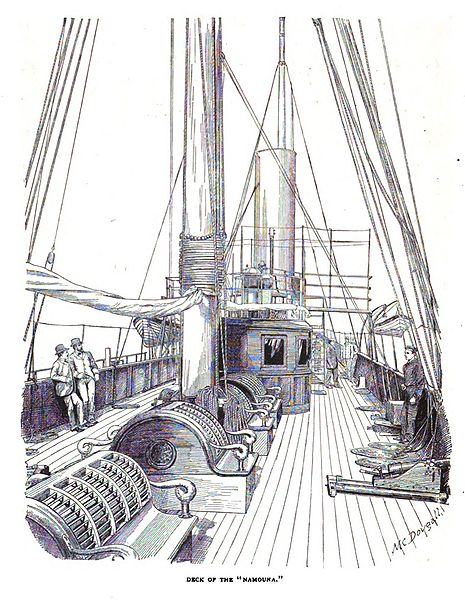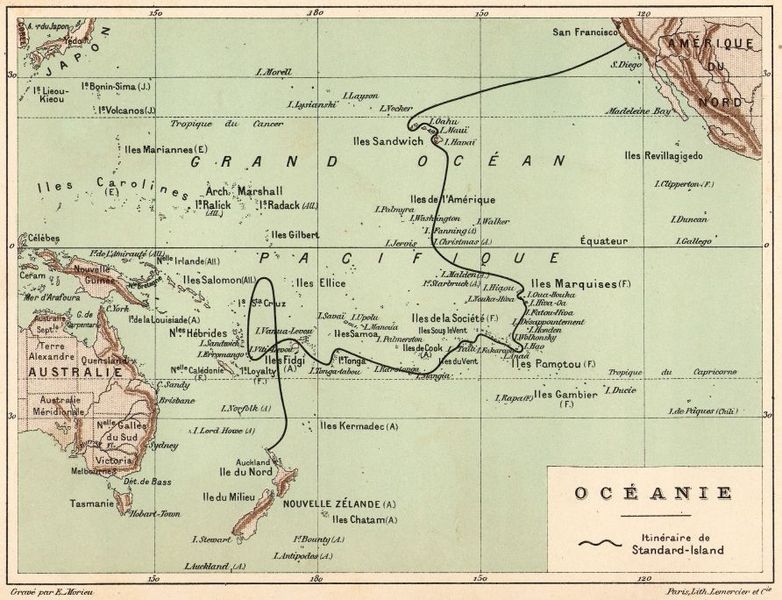John Hancock has become the first life insurance carrier to offer Indexed UL (IUL) historical reports. A dose of realism is finally available for client presentations where illustration policy value assumptions mirror real world index fluctuations. This sort of historical report is possible on some Indexed Universal Life (IUL) illustration software but has to be painstakingly created with each year’s values plugged in manually. John Hancock makes it easy to create 10 year, 25 year or 40 year historical reports.
One major problem for consumers to judge Indexed UL performance is illustration design. Carriers based their index return assumptions based on 25 or 30 year or longer averages, so one major benchmark index the S & P 500 annual point-to-point return is given as 7.50% to 7.75% depending on the carrier. Agents can adjust this, as I do at a more conservative rate 5.00% to 5.50% which pegs it approximately a half to one percentage point above current assumption UL, but given a much higher average historical rate, agents are likely to use a figure like 7.75% because the cash value and death benefit numbers show much higher.
Cash value projections 20, 30, 40 years into the future based on one constantly high interest rate assumption makes those results highly unrealistic. For example, an illustration for a 45 year old with a rate of 7.75%, every year, year after year, run like this out to age 120:
2015 7.75%
2016 7.75%
2017 7.75%
2018 7.75%
2019 to 2089 7.75%
That’s obviously nothing like the historical yearly returns which vary considerable year by year. Assuming a 12% cap and 0% floor, the interest rate assumption looks like this over the last 15 years:
1999 12.00%
2000 0.00%
2001 0.00%
2002 0.00%
2003 12.00%
2004 8.99%
2005 3.00%
2006 12.00%
2007 3.53%
2008 0.00%
2009 12.00%
2010 12.00%
2011 0.00%
2012 12.00%
2013 12.00%
John Hancock has just made it much easier to evaluate Indexed UL product performance and design. It’s not perfect. All illustration projections that go out for decades should be looked at, at best, rough guideposts.
Historical performance illustrations are already widely used for annuity quotes. I wonder how long it’ll take the other life companies to join John Hancock in finally giving consumers something better to review when evaluating Indexed ULs.










